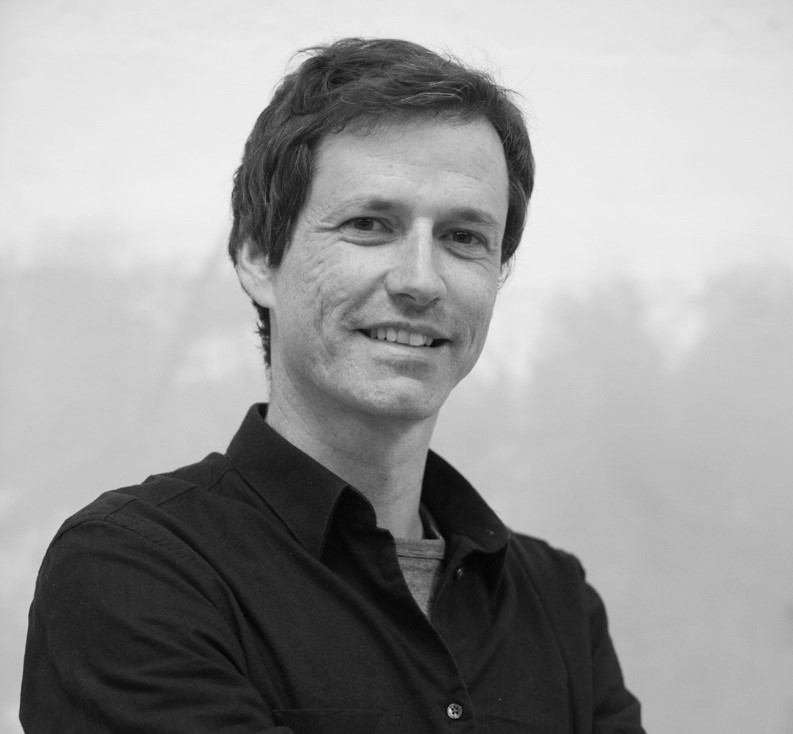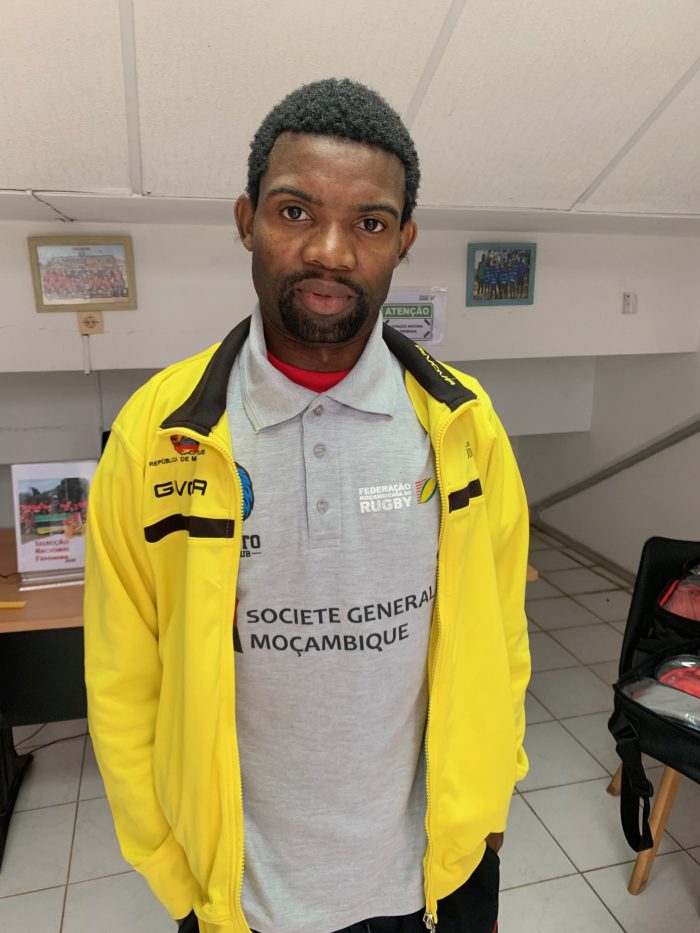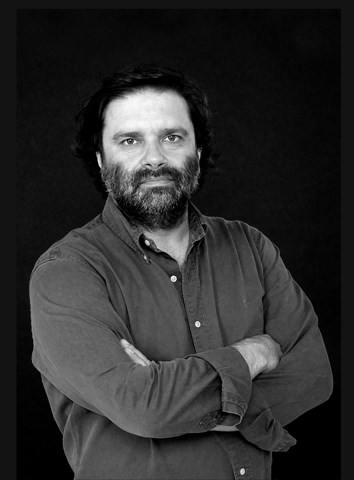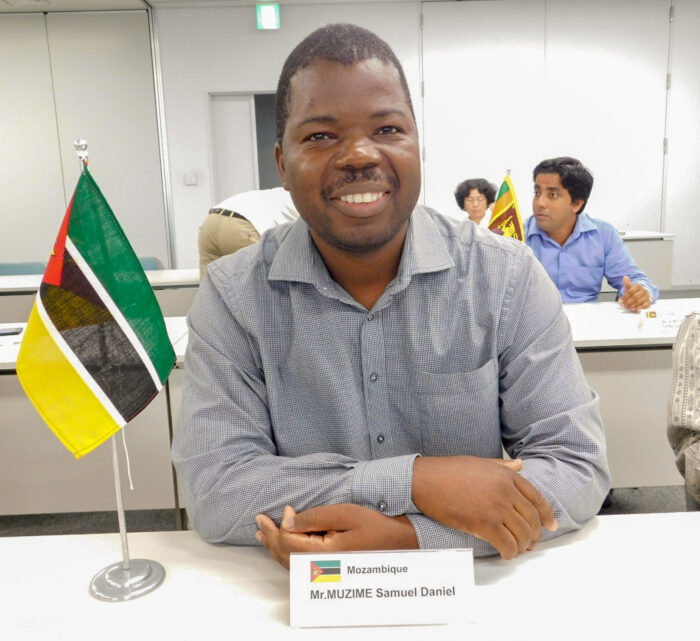A conversation with Arch. Filipe Mónica

A conversation with Arch. Filipe Mónica
'[Architecture] is always developed on risk and experimentation. Only in this way can it aspire to continue to be a cultural manifestation of man's action in the permanent renewal of the world'
What made you pursue architecture and how was the start of your activity?
I am not a “natural born” architect and I come from a family with no architect ancestors. The architecture course emerged as a natural choice due to the attractive image of the profession and the relative ease in mastering geometry and drawing. It was throughout the course that I shaped my path and defined my interests. I started to have professional experiences outside of school since the second year of school. After completing the course, the start of my professional activity was, therefore, relatively natural: I spoke with my senior project teacher, Manuel Aires Mateus, and offered to collaborate in his studio. The studio was going to enter a tender and the proposal I received was extremely stimulating: to participate in this project and, in case of victory, I would be invited to stay. That is what happened.
Why did you choose to create your own studio?
It was a natural step. In 1996 the Manuel and Francisco Aires Mateus’ studio was small and shared the space with Gonçalo Byrne. For us, collaborators, it was a huge privilege to live these very intense years and be able to absorb the best of each one. When I left, I had already gone through all the project and construction steps, and assumed project coordination responsibilities. But the transition was relatively smooth, as I continued to collaborate with Manuel and Francisco while in my own studio. On the other hand, the differences and challenges of this step were colossal, either because of the fascinating transversality that working in one’s own name requires, or because of the exponential growth that we have as authors – and consequential as people – when we assume the reins and responsibility of our own project.
What principles are at the base of your work?
There are many architectures, many ways of approaching the profession that, as a humanist activity, is always developed on risk and experimentation. Only in this way can the discipline aspire to continue to be a cultural manifestation of man’s action in the permanent renewal of the world, which is how I see it. Then there is the question of the permanent exercise of dialogue in the game of contradictions in architecture: between our will and that of the client, between design desires and normative obstacles, between the various specialties and partners, etc. And I think this is one of the basic principles of my work: the conviction that there is always a creative and evident response that comes from the fusion of the enormous complexity of data on the table, in each architectural exercise. Another issue is that creation is a process that is always born of discovery. I’m very interested in the process of reaching a solution, the pleasure of investigating and understanding the reality that surrounds each case.
In 2016, you have won the National Urban Rehabilitation Award and the Construir Award. What are the main challenges and obstacles for sustainable architecture?
The challenge of architecture and sustainability are the same, which in the aforementioned work – building in Príncipe Real – was very evident. Firstly, because there was no concern to approach sustainability issues differently from other project issues. There was, as we always try to do, great rigor in the work, and sustainability ended up receiving visibility. But there is another important point of view, which was central in that work: the holistic understanding of the theme of energy efficiency and sustainability, which goes far beyond the technical and material options of the projects. The entire operation, from the purchase of the building by the owners to the housing program, passing through the delicate decisions between our intervention and the pre-existing temporal layers, had our attention not only with environmental sustainability, in the strict sense, but also with urban, social, economic, cultural, etc. On the other hand, we worked with very high-quality designers in the various specialties (Betar among them), and this was – and always is – very important, for the obvious technical issues, but also because it gives us the freedom to focus on the project driving and coordination.
He taught architecture and do research for a PhD. What do you like most about it?
The territory of teaching architecture is, for those who design, an immensely fertile area. If we see a classroom, with 30 students, like a huge architecture studio, with countless projects happening simultaneously and many other very young authors, reflecting, drawing, and looking for solutions, in constant experimentation and questioning the discipline’s limits. And if this were not enough, the fact that you enter and leave the studio on a daily basis allows you to gain a critical distance from the slow and continuous work of design practice. I had had this experience between 2010 and 2014 when I was an advisor at the Ordem dos Arquitectos, in the area of Architecture Tenders, which ended up being the theme of the PhD thesis I am developing, as an FCT scholarship holder, and which has been a very stimulating opportunity for the expansion of professional and personal boundaries.
This interview is an integral part of Revista Artes & Letras # 133, September 2021
Partially automatic translation from portuguese: some expressions may differ from their actual meaning.
News & Interviews
A conversation with coach Jaime Langa
'Sport is a factor in inclusion, equality, participation in social life, acceptance of differences and respect for the rules. Rugby in particular is a game that demands a lot of these factors' Read more
A conversation with Arch. João Luís Ferreira
‘Architecture is the victory of space over time. (...) It is the opposite of fashion. (...) It is what is not a passenger. (...) Architecture is the mirror of society’. Read more
A conversation with Eng. Samuel Muzime
'The main challenges of CFM are: to be a regional reference in cargo transport at a competitive price and with safety, having infrastructures with continuous modernization and well-trained and motivated personnel' Read more




